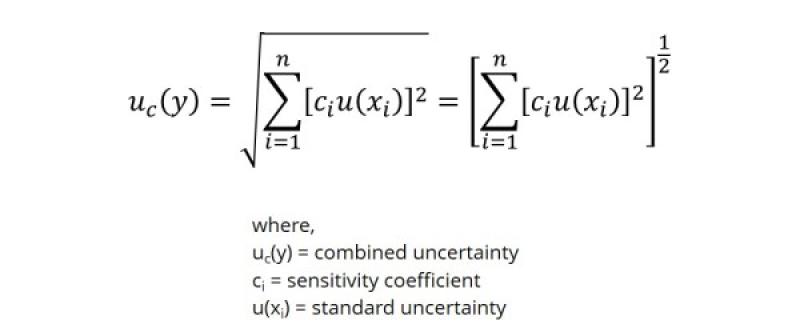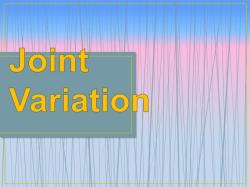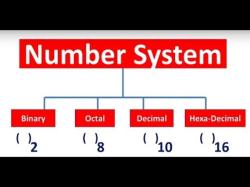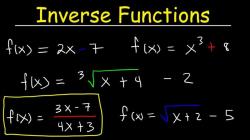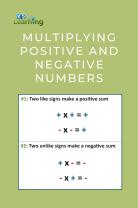Why is the uncertainty of a DWT greater than full calculation?
No, hot water is generally less dense than room temperature water. The density of water is affected by its temperature. As water is heated, its molecules gain energy and move more rapidly, causing them to spread apart. This results in a decrease in water density.
When water is at room temperature, its molecules are moving at a moderate speed, and the water is at its maximum density for normal atmospheric pressure. As you heat water, the increased kinetic energy of the molecules causes them to expand, and the water becomes less dense.
In practical terms, this means that if you have a given volume of water at room temperature and the same volume of water at a higher temperature, the hotter water will have fewer water molecules in that volume, making it less dense.
It's worth noting that there is a temperature at which water reaches its maximum density, which is approximately 4 degrees Celsius (39.2 degrees Fahrenheit). At this temperature, water molecules are arranged in a way that allows for the highest packing density. As water either cools below or heats above this temperature, its density decreases.
Why does the Discrete Wavelet Transform (DWT) tend to produce greater uncertainty compared to full calculation methods?
The Discrete Wavelet Transform (DWT) tends to produce greater uncertainty compared to full calculation methods due to several factors:
Approximation and Loss of Information: The DWT employs a multi-resolution approach, decomposing the signal into multiple levels of detail coefficients. This process inherently involves approximation, as the higher-level coefficients capture less information about the original signal. This approximation contributes to the overall uncertainty in the reconstructed signal.
Filtering and Aliasing: The DWT utilizes filters for decomposing and reconstructing the signal. These filters, while designed to efficiently capture specific frequency bands, can introduce artifacts and aliasing effects. These artifacts can lead to increased uncertainty in the reconstructed signal, especially in regions of sharp transitions or discontinuities.
Quantization Errors: When implementing the DWT in digital systems, the wavelet coefficients need to be quantized to represent them in a finite number of bits. This quantization process introduces rounding errors that can accumulate during the decomposition and reconstruction stages. These errors contribute to the overall uncertainty in the reconstructed signal.
Choice of Wavelet Basis: The selection of the wavelet basis function significantly impacts the performance of the DWT. Different wavelet bases have varying properties, such as support width, smoothness, and orthogonality. The choice of an inappropriate wavelet basis can lead to increased uncertainty, especially for signals with specific frequency characteristics.
Implementation Details: The specific implementation details of the DWT, such as the choice of boundary conditions, handling of edge cases, and the order of filtering operations, can also influence the uncertainty of the reconstructed signal. Careful consideration of these details is crucial to minimize uncertainty.
In general, full calculation methods, which involve direct computations without resorting to approximations or filtering, can achieve higher accuracy and lower uncertainty compared to the DWT. However, they often come at the expense of increased computational complexity and memory requirements. The choice between the DWT and full calculation methods depends on the specific application and the trade-off between accuracy, computational efficiency, and memory constraints.
